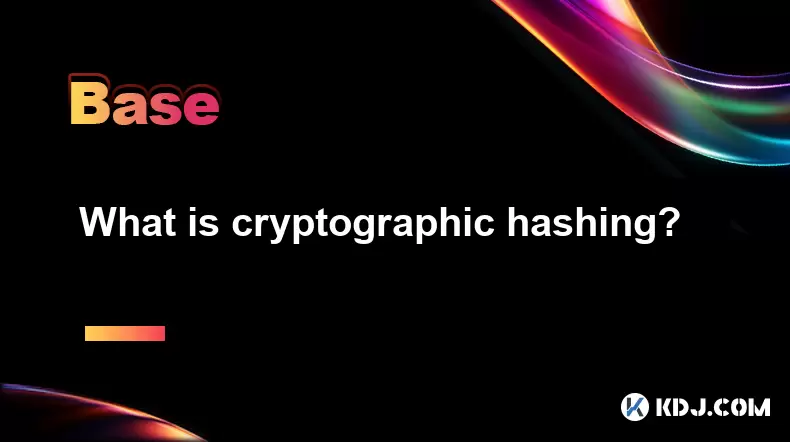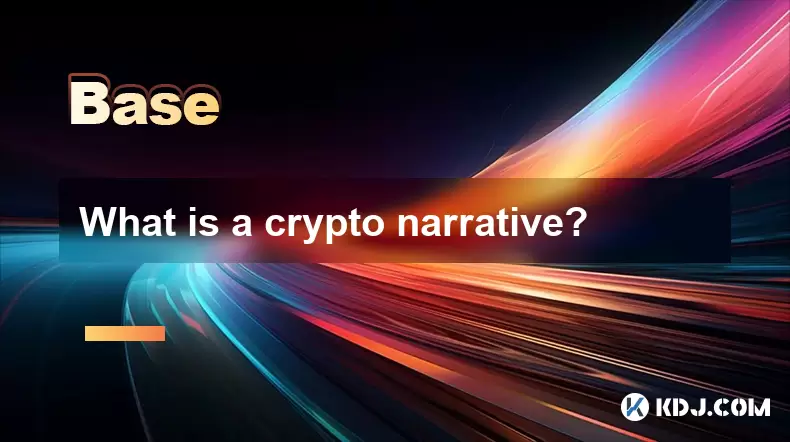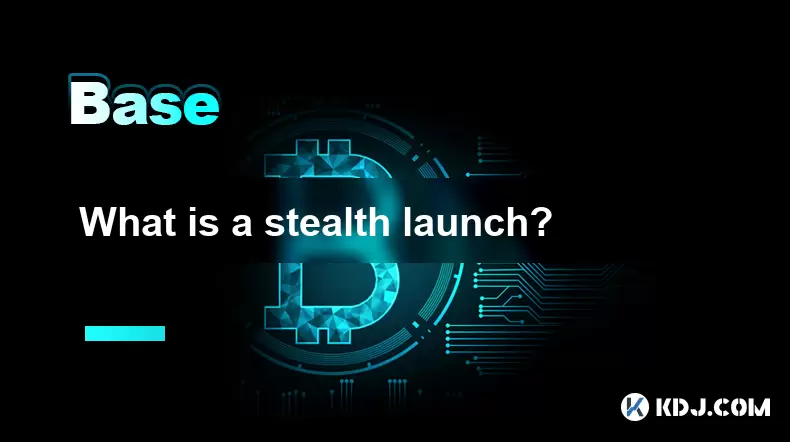-
 Bitcoin
Bitcoin $108,252.0744
-0.81% -
 Ethereum
Ethereum $2,543.5110
-1.02% -
 Tether USDt
Tether USDt $1.0001
-0.01% -
 XRP
XRP $2.2754
0.24% -
 BNB
BNB $660.7907
-0.28% -
 Solana
Solana $148.7728
-1.97% -
 USDC
USDC $0.9999
-0.01% -
 TRON
TRON $0.2867
-0.18% -
 Dogecoin
Dogecoin $0.1677
-2.32% -
 Cardano
Cardano $0.5787
-1.06% -
 Hyperliquid
Hyperliquid $38.6604
-2.60% -
 Sui
Sui $2.8580
-1.65% -
 Bitcoin Cash
Bitcoin Cash $495.9536
0.51% -
 Chainlink
Chainlink $13.4038
-0.54% -
 UNUS SED LEO
UNUS SED LEO $9.0528
0.29% -
 Stellar
Stellar $0.2485
-0.28% -
 Avalanche
Avalanche $17.9880
-1.68% -
 Shiba Inu
Shiba Inu $0.0...01162
-1.41% -
 Toncoin
Toncoin $2.7369
-3.16% -
 Hedera
Hedera $0.1581
-0.69% -
 Litecoin
Litecoin $86.1451
-1.49% -
 Monero
Monero $317.1287
-0.79% -
 Polkadot
Polkadot $3.3657
-0.78% -
 Dai
Dai $1.0001
0.02% -
 Ethena USDe
Ethena USDe $1.0000
0.00% -
 Bitget Token
Bitget Token $4.3034
-3.45% -
 Uniswap
Uniswap $7.3847
-0.25% -
 Aave
Aave $282.9351
-0.88% -
 Pepe
Pepe $0.0...09887
-1.14% -
 Pi
Pi $0.4577
-1.56%
What is cryptographic hashing?
Cryptographic hashing ensures data integrity and security in blockchain by creating unique, irreversible digital fingerprints that verify authenticity and prevent tampering.
Jul 07, 2025 at 10:35 pm

Understanding Cryptographic Hashing
Cryptographic hashing is a fundamental concept in the world of digital security and blockchain technology. At its core, cryptographic hashing involves converting input data of any size into a fixed-size string of characters, which is typically a hexadecimal number. This output, known as a hash, acts as a unique digital fingerprint for the original data. Even a minor change in the input will result in a completely different hash.
The most important feature of cryptographic hashing is that it is a one-way function. That means while it's easy to generate a hash from a given input, it's computationally infeasible to reverse-engineer the original data from the hash. This property makes hashing extremely useful for securing sensitive information, particularly in cryptocurrency systems like Bitcoin and Ethereum.
How Does a Cryptographic Hash Function Work?
A cryptographic hash function operates under specific mathematical principles to ensure consistency and security. The process begins when data—whether it’s a document, password, or transaction—is passed through a hashing algorithm. Common algorithms include SHA-256 (used by Bitcoin) and Keccak-256 (used by Ethereum).
Here's a simplified breakdown of how it works:
- The input data is divided into blocks of a fixed size
- Each block undergoes a series of complex mathematical transformations
- The final output is a unique hash value representing the entire dataset
What makes this process secure is that even if only one character in the input changes, the resulting hash will be drastically different. This is known as the avalanche effect.
Properties of Secure Cryptographic Hash Functions
For a hash function to be considered cryptographically secure, it must exhibit several critical properties:
- Deterministic: The same input always produces the same hash.
- Quick Computation: It should be fast to compute the hash value for any given input.
- Pre-image Resistance: Given a hash value, it should be nearly impossible to determine the original input.
- Collision Resistance: No two different inputs should produce the same hash.
- Avalanche Effect: A small change in input should significantly alter the output hash.
These properties ensure that cryptographic hashes can be used reliably for tasks such as verifying data integrity, creating digital signatures, and securing blockchain transactions.
Use Cases in Cryptocurrency
In the realm of cryptocurrencies, cryptographic hashing plays multiple roles:
- Securing Transactions: Each transaction is hashed to create a unique identifier, ensuring authenticity and immutability.
- Merkle Trees: In blockchains, hashes are organized in Merkle trees to efficiently summarize all transactions within a block.
- Proof-of-Work: Miners use hashing algorithms to solve complex puzzles, validating new blocks on the network.
- Wallet Addresses: Public keys are hashed to create shorter, more readable wallet addresses.
For example, in Bitcoin, the SHA-256 algorithm is used twice—once on the transaction data and again on the resulting hash—to enhance security and prevent certain types of attacks.
Hashing vs Encryption: Key Differences
While both hashing and encryption are used to protect data, they serve different purposes. Encryption is a two-way function where data can be encrypted and then decrypted using a key, whereas hashing is a one-way function that cannot be reversed.
Some major differences include:
- Reversibility: Encrypted data can be turned back into plaintext with the correct key; hashed data cannot be reversed.
- Output Size: Encrypted data varies in size depending on the input; hashed data always results in a fixed-length output.
- Use Case: Encryption is used to keep data confidential; hashing is used to verify data integrity and authenticity.
This distinction is crucial in blockchain applications, where hashing ensures data remains tamper-proof without needing to hide the actual content.
Frequently Asked Questions (FAQs)
Q1: Can two different inputs produce the same hash?
Yes, but it is extremely rare and considered a vulnerability called a collision. Modern cryptographic hash functions are designed to make collisions practically impossible.
Q2: Why do cryptocurrencies use double hashing?
Double hashing, such as hashing the hash of a transaction, adds an extra layer of security. It helps protect against certain cryptographic attacks and increases overall system resilience.
Q3: What happens if someone alters a transaction in a blockchain?
Any alteration would change the hash of that transaction. Since each block contains the hash of the previous block, this change would invalidate the entire chain, alerting the network.
Q4: Are all hash functions equally secure?
No, some older hash functions like MD5 and SHA-1 have been proven vulnerable to attacks. Modern systems use stronger algorithms like SHA-256 or SHA-3 for better security.
Disclaimer:info@kdj.com
The information provided is not trading advice. kdj.com does not assume any responsibility for any investments made based on the information provided in this article. Cryptocurrencies are highly volatile and it is highly recommended that you invest with caution after thorough research!
If you believe that the content used on this website infringes your copyright, please contact us immediately (info@kdj.com) and we will delete it promptly.
- Bitcoin, Investment, Safe Buy: Navigating the Crypto Landscape in 2025
- 2025-07-08 06:30:12
- DegeCoin, Solana, and Meme Tokens: Riding the Wave or a Wipeout?
- 2025-07-08 07:10:12
- Brett Price, Arctic Pablo, and Meme Coins: What's the Hype?
- 2025-07-08 06:50:12
- Cryptos, Potential Gains, Early Investment: Spotting the Next Big Thing
- 2025-07-08 06:30:12
- Solana ETF Speculation Heats Up: SEC Deadlines and SOL Price Swings
- 2025-07-08 07:10:12
- PUMP Token, Solana Adoption, and Token Sales: What's the Buzz?
- 2025-07-08 07:15:12
Related knowledge

What is a user-generated content (UGC) NFT platform?
Jul 04,2025 at 01:49pm
Understanding the Concept of a UGC NFT PlatformA user-generated content (UGC) NFT platform is a digital marketplace or ecosystem where users can create, mint, and trade non-fungible tokens (NFTs) that represent ownership of original digital content they produce. Unlike traditional NFT platforms where creators often include professional artists or develo...

What is composability in DeFi?
Jul 06,2025 at 04:07pm
Understanding the Concept of Composability in DeFiComposability in DeFi refers to the ability of decentralized finance protocols and smart contracts to interact seamlessly with one another, much like building blocks that can be combined in various ways to create new financial products and services. This concept is a core innovation within the DeFi ecosy...

What is a "crypto primitive"?
Jul 05,2025 at 10:14pm
Defining the Concept of a Crypto PrimitiveIn the context of blockchain and cryptocurrency, a crypto primitive refers to a fundamental building block or foundational element used in constructing decentralized systems and cryptographic protocols. These primitives are essential for enabling secure transactions, consensus mechanisms, and smart contract exec...

What is a crypto narrative?
Jul 07,2025 at 10:56pm
Defining the Concept of a Crypto NarrativeA crypto narrative refers to the overarching story or theme that drives interest, investment, and development within a particular segment of the cryptocurrency market. Unlike traditional financial assets, cryptocurrencies often gain momentum not solely based on technical merits but through compelling narratives ...

What is a stealth launch?
Jul 08,2025 at 06:42am
What Exactly Defines a Stealth Launch in Cryptocurrency?A stealth launch refers to the practice of launching a cryptocurrency project without prior public announcement or marketing efforts. This method is often used by development teams who prefer to keep their project under wraps until it reaches a certain level of maturity, adoption, or liquidity. Unl...

What is a fair launch?
Jul 05,2025 at 07:31pm
Understanding the Concept of a Fair LaunchA fair launch refers to the release of a cryptocurrency or blockchain project in a manner that ensures equal opportunity for all participants. Unlike traditional token launches, which may involve private sales, venture capital funding, or pre-mining, a fair launch emphasizes transparency and decentralization. In...

What is a user-generated content (UGC) NFT platform?
Jul 04,2025 at 01:49pm
Understanding the Concept of a UGC NFT PlatformA user-generated content (UGC) NFT platform is a digital marketplace or ecosystem where users can create, mint, and trade non-fungible tokens (NFTs) that represent ownership of original digital content they produce. Unlike traditional NFT platforms where creators often include professional artists or develo...

What is composability in DeFi?
Jul 06,2025 at 04:07pm
Understanding the Concept of Composability in DeFiComposability in DeFi refers to the ability of decentralized finance protocols and smart contracts to interact seamlessly with one another, much like building blocks that can be combined in various ways to create new financial products and services. This concept is a core innovation within the DeFi ecosy...

What is a "crypto primitive"?
Jul 05,2025 at 10:14pm
Defining the Concept of a Crypto PrimitiveIn the context of blockchain and cryptocurrency, a crypto primitive refers to a fundamental building block or foundational element used in constructing decentralized systems and cryptographic protocols. These primitives are essential for enabling secure transactions, consensus mechanisms, and smart contract exec...

What is a crypto narrative?
Jul 07,2025 at 10:56pm
Defining the Concept of a Crypto NarrativeA crypto narrative refers to the overarching story or theme that drives interest, investment, and development within a particular segment of the cryptocurrency market. Unlike traditional financial assets, cryptocurrencies often gain momentum not solely based on technical merits but through compelling narratives ...

What is a stealth launch?
Jul 08,2025 at 06:42am
What Exactly Defines a Stealth Launch in Cryptocurrency?A stealth launch refers to the practice of launching a cryptocurrency project without prior public announcement or marketing efforts. This method is often used by development teams who prefer to keep their project under wraps until it reaches a certain level of maturity, adoption, or liquidity. Unl...

What is a fair launch?
Jul 05,2025 at 07:31pm
Understanding the Concept of a Fair LaunchA fair launch refers to the release of a cryptocurrency or blockchain project in a manner that ensures equal opportunity for all participants. Unlike traditional token launches, which may involve private sales, venture capital funding, or pre-mining, a fair launch emphasizes transparency and decentralization. In...
See all articles

























































































